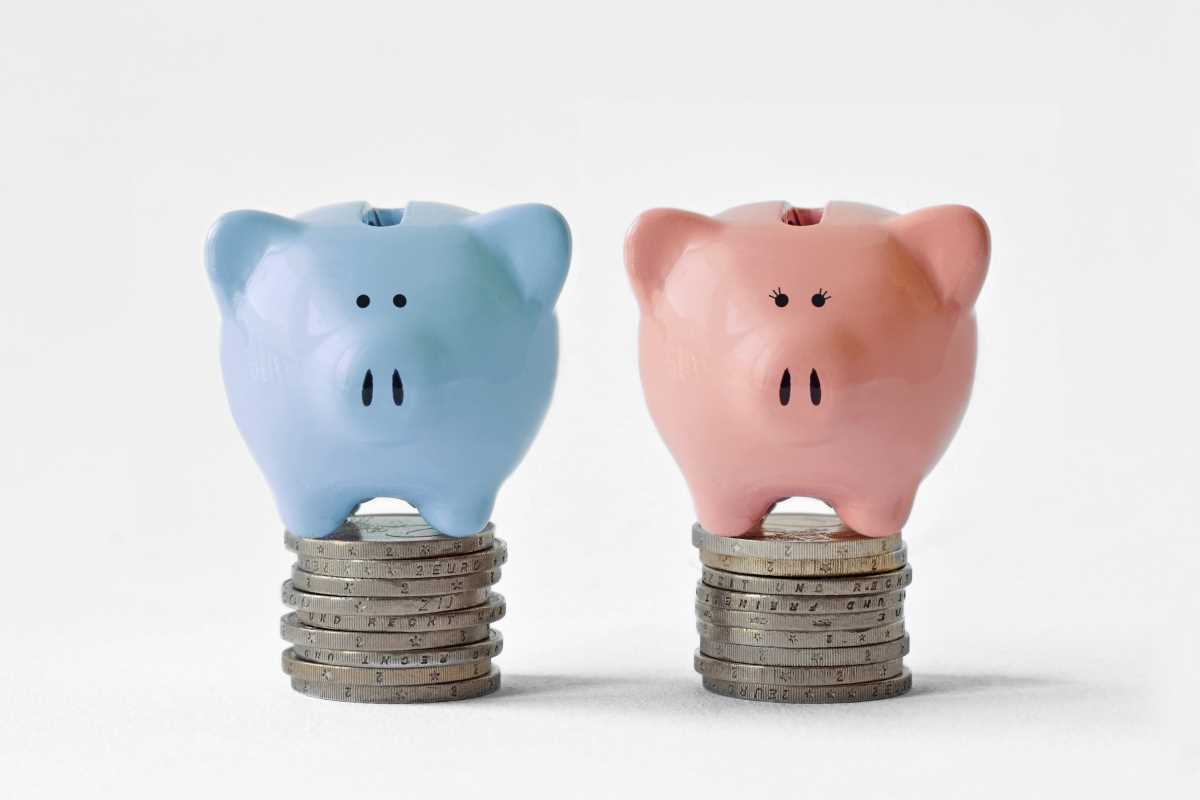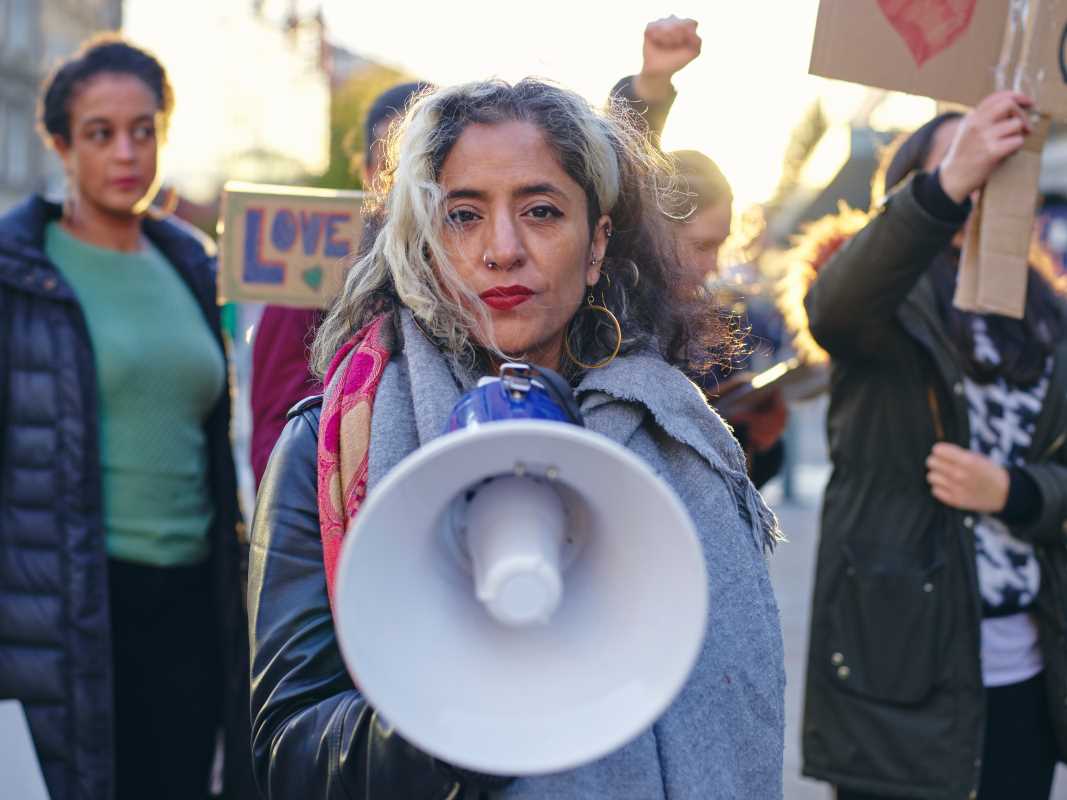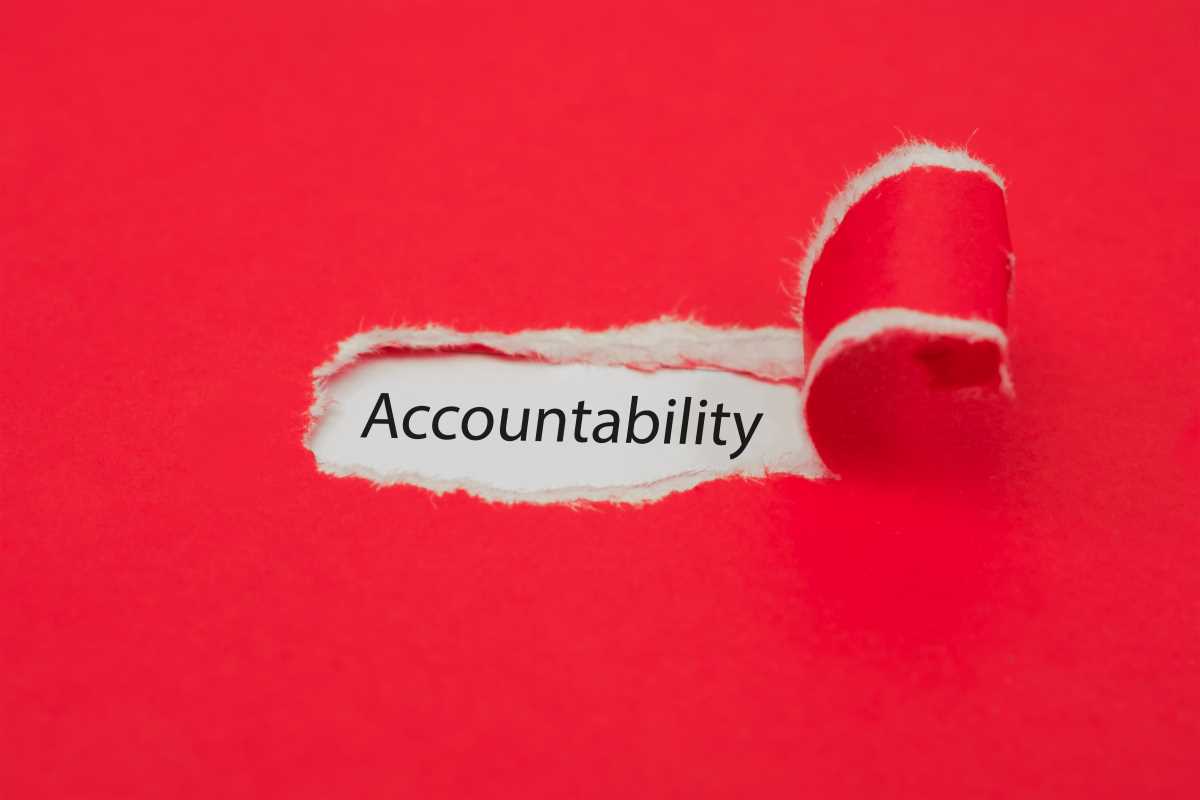Go ahead and post whatever you want. It’s your account, right? Well, not exactly. From banning controversial accounts to removing flagged posts, social media platforms have policies that act as a gatekeeper for what you can and can’t share. But these rules don’t exist in a vacuum. Behind every content removal or account suspension, there’s an ongoing legal and ethical question surrounding free speech and censorship.
Social media’s rise has blurred the lines between public spaces and private companies. These platforms claim to offer spaces for open expression, but they also have the right to moderate what happens on their sites. This makes people wonder: are platforms like Twitter, Instagram, and TikTok cooperating with the law, bending it, or stretching it when it comes to censorship? And perhaps the bigger question is, do users have true freedom of speech online? Exploring the legal side of social media speech can help clear up the confusion about what’s protected, what isn’t, and why it matters.
Free Speech and the Constitution
When discussing social media and free speech, the U.S. Constitution is often the first thing that comes to mind. However, many people don’t fully understand what the First Amendment actually protects.
What the First Amendment Covers
The First Amendment guarantees that Congress can’t make any law restricting free speech. Essentially, this means the government cannot silence or punish you for expressing your thoughts, opinions, or beliefs—even if they’re controversial or unpopular. However, this protection doesn’t apply everywhere or to every situation.
What About Social Media?
Here’s the twist most people overlook: the First Amendment doesn’t apply to private entities. Social media platforms like Facebook, Instagram, and YouTube are private companies. This means they’re legally allowed to set their own rules about what can and can’t be shared on their platforms. If you post something they decide violates their policies, they’re fully within their rights to take it down—even if you think it’s unfair.
Terms of Service and Community Guidelines
Every time you sign up for a social media account, you agree to the platform’s terms of service and community guidelines. These documents outline what behavior and content are allowed on the platform. While most people hardly skim these rules, they’re incredibly important when it comes to debates about censorship.
Why Platforms Create Guidelines
Social media companies use guidelines to create a safe, inclusive environment for their users. Policies often prohibit things like hate speech, harassment, and illegal activity. Without these rules, platforms would be chaotic and potentially dangerous places. Blocking harmful behavior also helps protect the company’s reputation and ensures advertisers (which are the lifeblood of these platforms) stay comfortable working with them.
The Problem with Ambiguity
One major criticism of platform guidelines is that they’re often vague or inconsistently enforced. For example, what counts as “hate speech” or “misinformation” can vary widely depending on the context. This gray area has led to accusations that platforms unfairly target certain users or opinions, sometimes based on political beliefs.
Section 230 and Why It Matters
To really understand the legal battles over social media speech, you need to know about Section 230 of the Communications Decency Act. This 1996 law has been called “the most important law on the Internet,” and it plays a huge role in how social media operates.
What Does Section 230 Say?
Section 230 protects online platforms from being held legally responsible for the content their users post. For example, if someone uses Twitter to spread lies or defamatory remarks, Twitter itself isn’t liable for those posts. Essentially, the law treats these platforms as intermediaries rather than publishers.
The second part of Section 230 allows platforms to moderate content as they see fit, without being penalized for acting in “good faith.” This is the legal shield that allows platforms to remove harmful or inappropriate posts without fear of lawsuits.
Why It’s Controversial
Critics of Section 230 argue that the law gives social media companies too much power. Since platforms can decide what content stays or goes, many worry they could use this authority to suppress opposing viewpoints or give preferential treatment to certain users. On the other hand, defenders of Section 230 believe it’s crucial for maintaining free expression online, as removing the law could lead to heavy-handed censorship or endless lawsuits.
The Global Censorship Debate
It’s important to remember that these issues aren’t limited to the United States. Social media operates on a global scale, and different countries handle speech and censorship in diverse ways.
Governments and Censorship
Some governments take a direct role in limiting what can be shared on social media. For example, countries like China heavily censor online activity to prevent criticism of the government or the spread of dissent. Platforms operating in these regions must comply with strict censorship laws, often erasing content that would be considered acceptable elsewhere.
The Role of Social Media in Content Removal
There are also cases where governments pressure U.S.-based social media platforms to remove content. For example, European countries with strict hate speech laws often require platforms like Facebook or Instagram to take down offensive material. Compliance with these laws can create tension between protecting free speech and respecting legal obligations.
Real-World Examples of Social Media Censorship
To get a clearer picture of how these legal and ethical issues play out, it’s helpful to look at some high-profile examples.
The Capitol Riots and Trump’s Twitter Ban
After the January 6 Capitol riots, social media platforms faced intense scrutiny over their role in facilitating violence. Twitter permanently banned former President Donald Trump, citing concerns about incitement. Supporters of the ban argued it was necessary to prevent further harm, while critics saw it as a dangerous example of tech companies controlling political discourse.
Content Moderation During the Pandemic
During the COVID-19 pandemic, platforms ramped up efforts to remove misinformation. Posts containing false claims about vaccines, masks, or the virus were frequently flagged or taken down. While these actions were intended to protect public health, they also led to heated debates over who gets to decide what counts as “misinformation."
Balancing Free Speech and Community Safety
Ultimately, the debate over social media speech and censorship boils down to finding a balance between protecting free expression and maintaining safe online spaces. This balancing act isn’t easy, and there’s no solution that will satisfy everyone.
The Responsibility of Platforms
Social media companies must acknowledge the power they wield and take steps to ensure their policies are fair and transparent. Clearer guidelines, diverse moderation teams, and more opportunities for users to appeal decisions are all ways platforms can improve.
The Role of Users
Users, too, play a role in shaping the future of social media. By holding platforms accountable, reporting harmful content, and advocating for equality, everyday people can influence how these spaces evolve.
 (Image via
(Image via





.jpg)